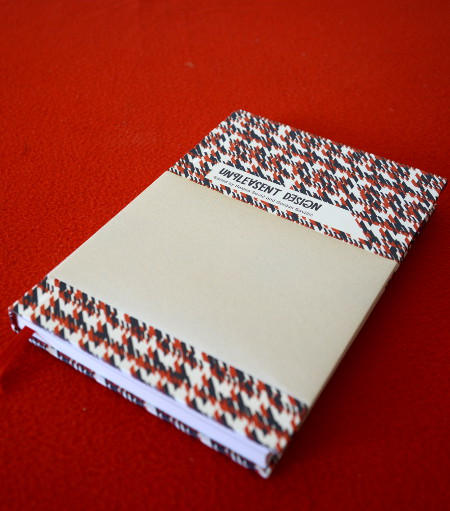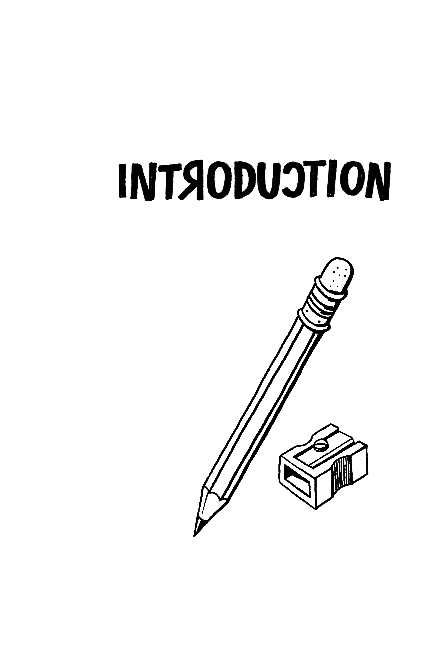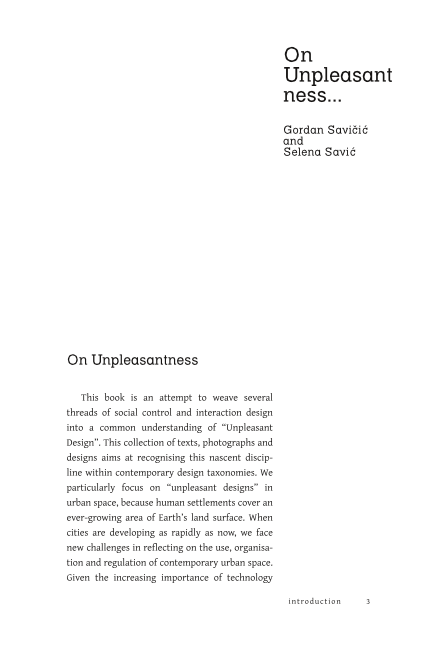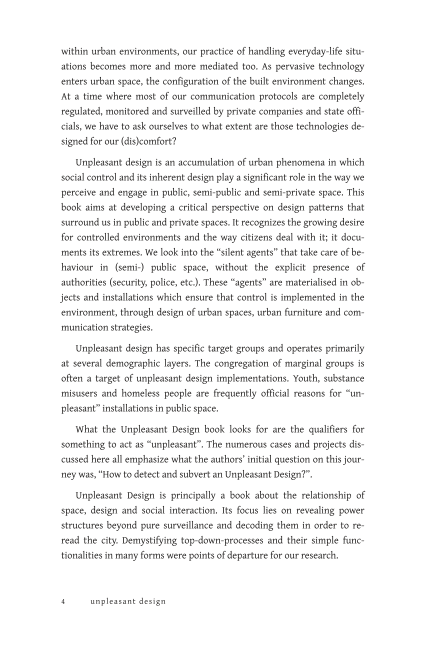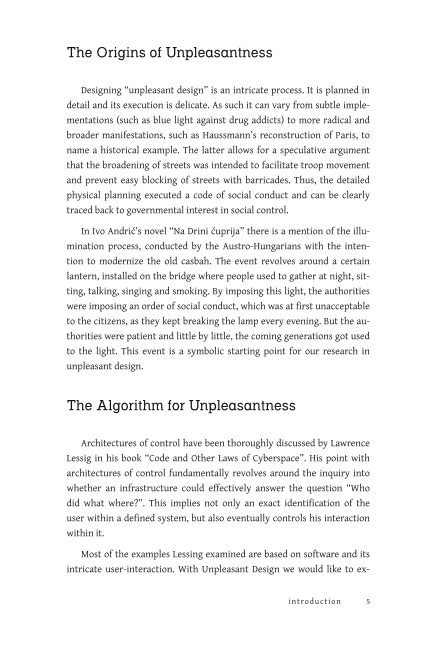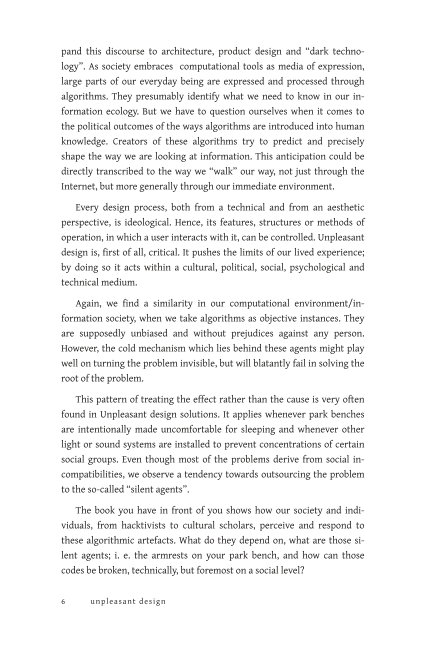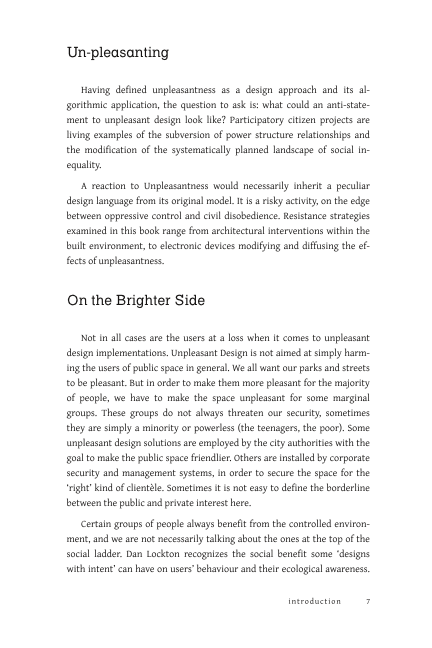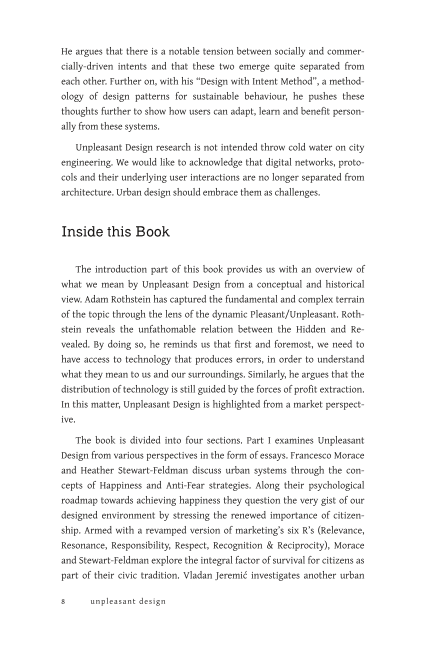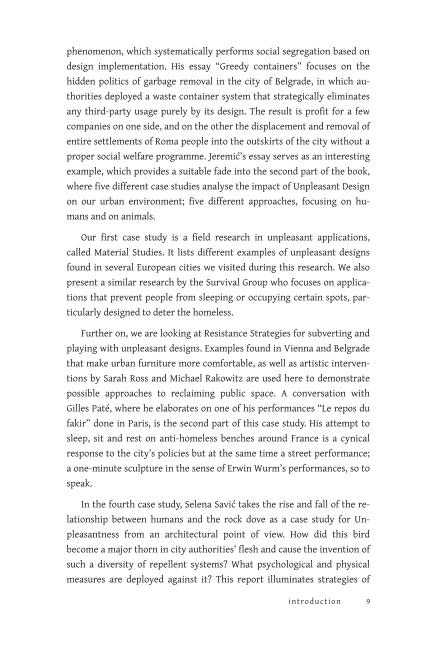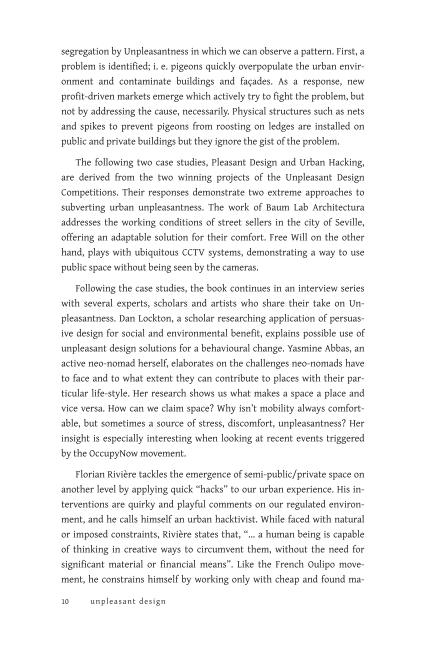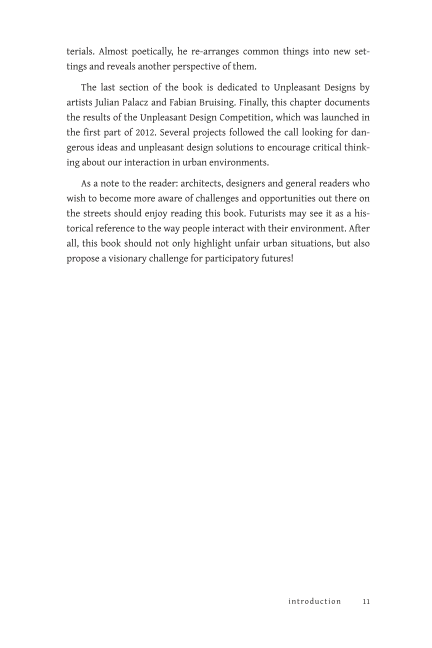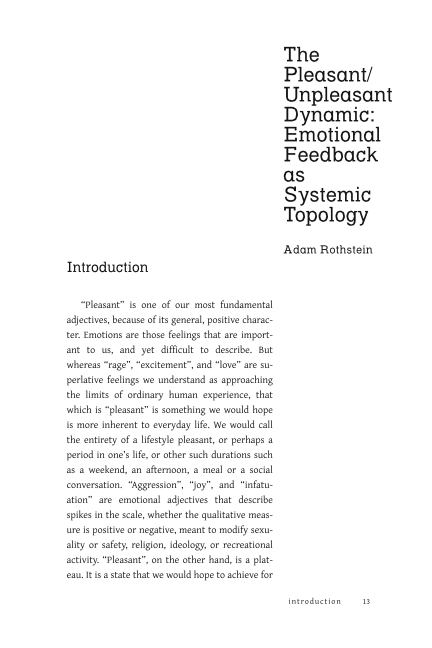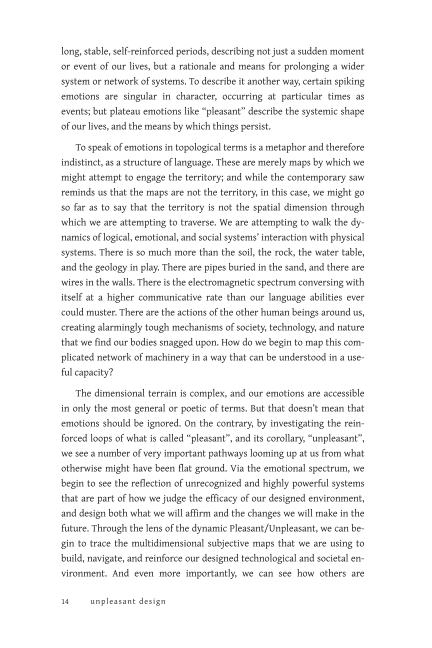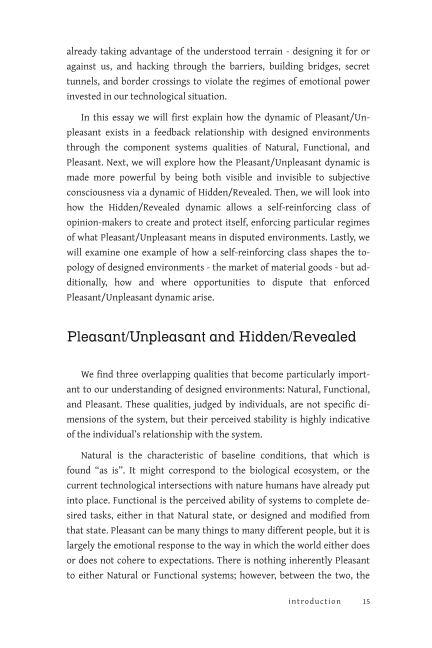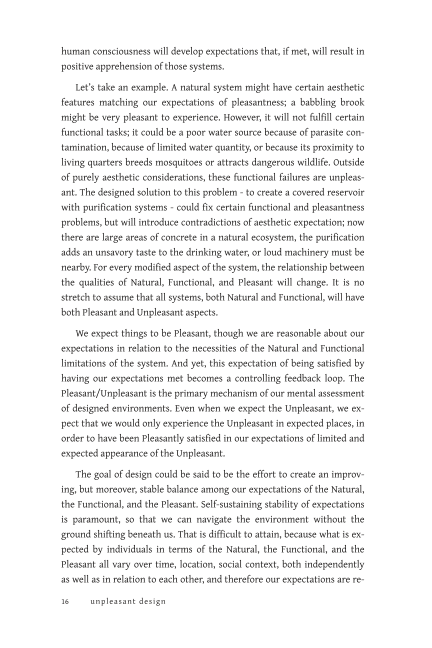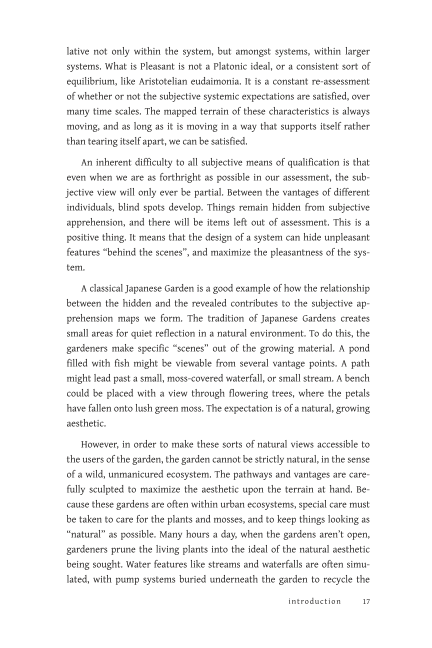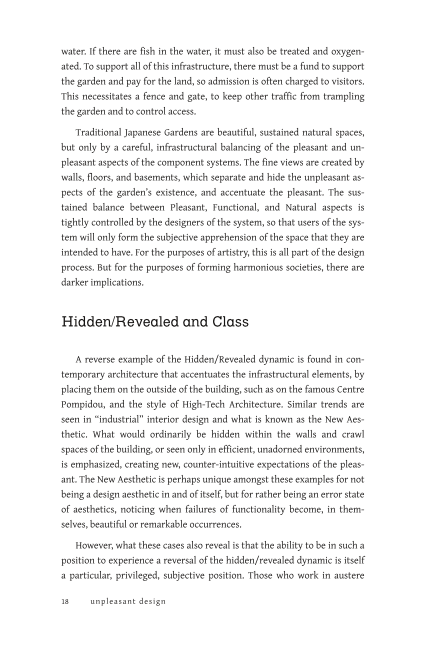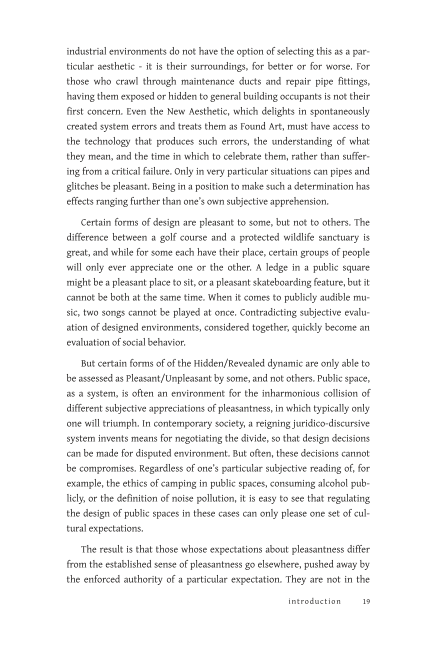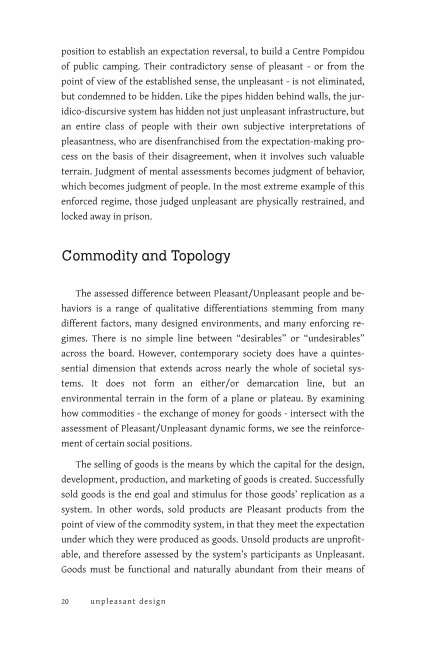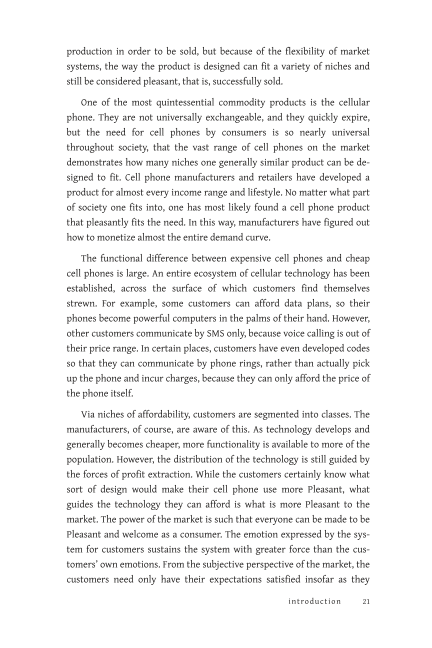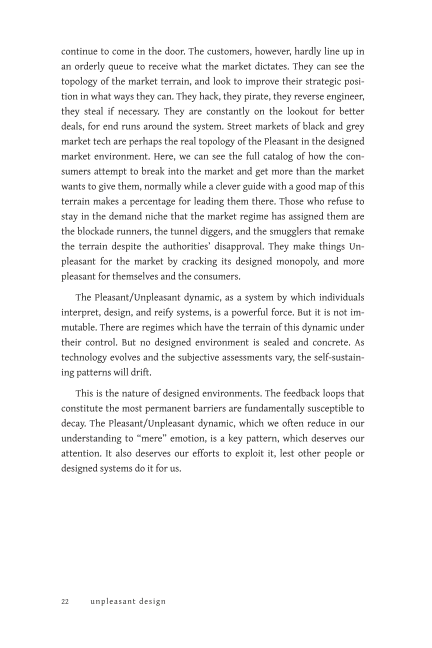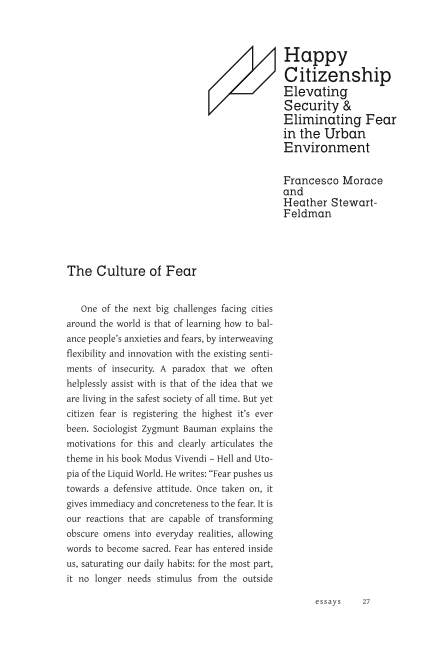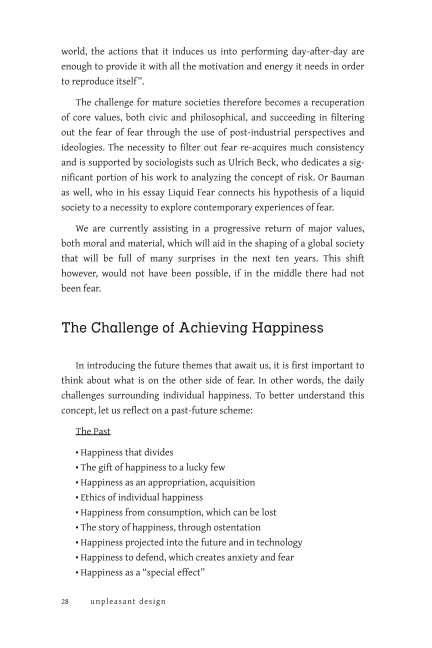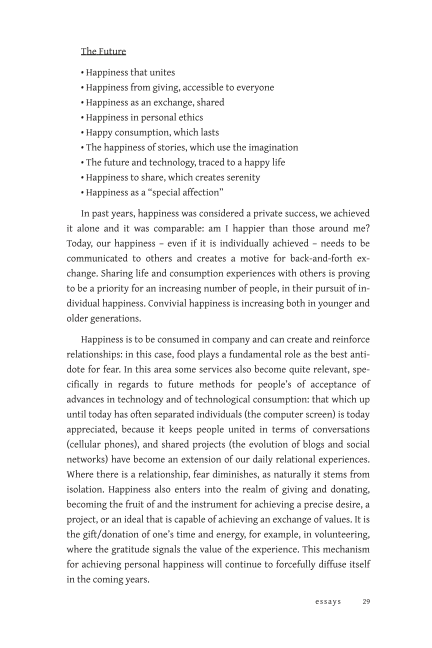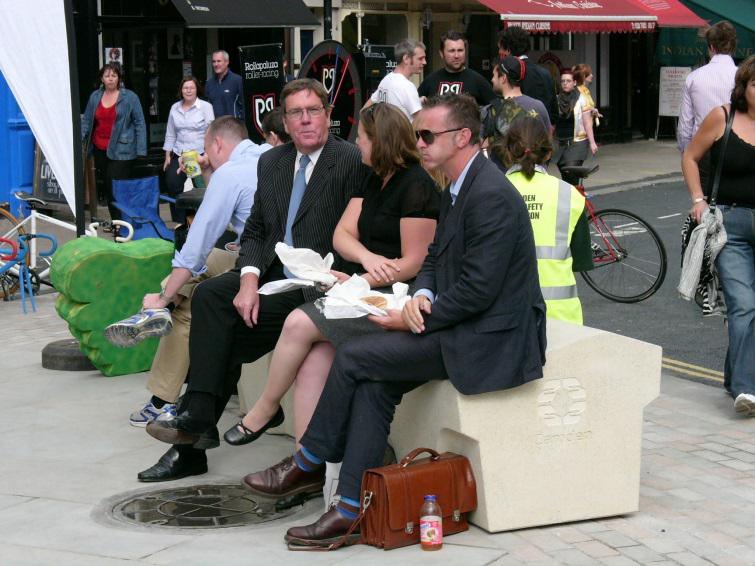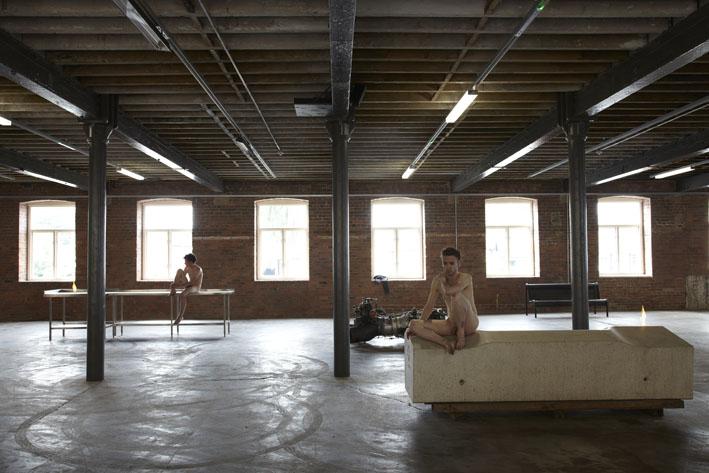Interview with Factory Furniture Design Team
On benefits of Unpleasant Design
Interview with the Factory Furniture Design Team, authors of the Camden bench
Unpleasant Design: We use Unpleasant Design as an umbrella term for all objects, devices and strategies aimed at influencing behaviour of people in ways that benefit particular social groups. It understands a design approach in which social impact is an inherent feature, preceding ergonomics or usability in the design brief. In our research, we came across your Camden bench, and other designs you created for urban spaces. Your website is one of the rare design sites where unpleasant design is explicitly listed and embedded in the design brief. How much is your design approach influenced by the Camden commission?
Factory Furniture: The ways in which seating is used in public areas has always interested us and in particular the effect of its use will have on an area. The positioning of furniture in urban areas has its problems and can attract anti social behaviour which can be unacceptable to residents especially if it is seen as a meeting place for groups. Ultimately we just like to produce well designed furniture, but the Camden was an extreme bench for a very specific brief. We have learnt a lot from that commission but we are firm believers that if you produce a good environment the problems of anti social behaviour are also reduced.
UD: The Camden bench is not your first “unpleasant” bench, if we might call it so. You feature numerous designs that “naturally deter skaters, rough sleeping and provide minimal surface area for tagging”. What inspired you first to focus on these design features?
FF: The Serpentine seat was our first public furniture design launched in 1991 and our first foray into the world of landscape furniture. At this point we noticed some very specific points of that design when compared to what was on the market at the time and noticed it was difficult to spend much time on if you were lying down and that the seats were not so prone to tagging or to skate abuse. We identified the main points about this design which encouraged its positive use and promoted these features as a way of not only promoting the product but to also draw attention to how behaviour can be manipulated to good use in design.
UD: Could you tell us more on your design process, how do these features transform into design solutions? For example, how did you get the idea that by simply waving the surface you can address so many issues?
FF: Like so many things we found out this by pure accident although as a ‘retired’ skateboarder I knew what to look for in a grind and a simple wave can address this without having to add skate stops. In the design process we spoke not of function and form as our usual approach would dictate but of challenges, requirements and feeling of the piece, an approach we now use on most items.
UD: In your opinion, to which extent can design help us in fighting crime or terrorism? We are fascinated with this idea that crime or unwanted behaviour can be simply designed out. Is design really that powerful?
FF: Design is a tool like any other skill and when used correctly can address challenging situations and problems in the environment. It depends on how persistent the offender is, but if you want to stop unwanted behavioural problems then the Camden bench and the way it was addressed was a good start.
UD: You name these contemporary street seating needs: to deter rough sleeping, to deter drug dealing, to deter bag theft, to reduce littering, self-cleaning, ease to relocate from problem areas… So it’s basically about resisting criminal and anti-social behaviour. What would be other contemporary street seating needs? What are potential behaviours your bench encourages (providing comfort for lunch break, charging your phone, etc?)
FF: What is really strange about this bench is that, yes, it does appear to have discouraged the problems it was addressing – otherwise the local residents would have complained and they would have all been removed much like its forerunners in Camden. However, the most exciting thing about this seat is the way people use it. There is no ‘correct’ way to sit on it as it merely hints at seat spaces. As a result, it becomes are far more inclusive seat encouraging social interaction. The photo below illustrates this concept.
UD: This might be a funny one. How did you “beta-test” the Camden Bench? For example, did you invite professional skaters to perform some sliding tricks?
FF: Of course, we had a full size prototype to test and asked local skaters to grind away. Certain edges were possible but not easy to make it a regular skate hangout.
UD: In your experience, does it happen that urban furniture raises property value around it? Do you think there is a relation between real estate prices and the resistance of surrounding urban furniture to crime and loitering?
FF: There is always a relationship in real estate to surroundings and use of that environment. I doubt a direct correlation could be used to demonstrate the relationship with furniture and real estate alone.
UD: The Camden bench is described as an “inclusive design” at the Design Council website. The way we understand this is that by preventing problematic behaviours, the bench allows more people to use it and the space around it. In this respect, homeless people would, for example, exclude others from using the bench. How do you think we should include homeless people in our cities?
FF: Homelessness should never be tolerated in any society and if we start designing in to accommodate homeless then we have totally failed as a society. Close proximity to homelessness unfortunately makes us uncomfortable so perhaps it is good that we feel that and recognise homelessness as a problem rather than design to accommodate it.
UD: We read on your website that you distribute to France, Greece, Netherlands, Portugal, USA, Ireland and Belgium. Why these countries? Are they particularly suffering form uncontrolled use of public space? Is Asia lacking behind?
FF: Most of our experience is in the UK only but the same problems exist the world over
UD: You state you have 25 years experience with exterior furniture. What was the most common demand for features back then and was there already a market for unpleasant design?
FF: Yes we have been doing this for a long time! The main problems we addressed then were for easy cleaning, maintenance and absence of litter pockets. The current requirements are much the same although now we are more socially conscious and therefore consider the sustainability of materials right through to its use ie, anti rough sleeping etc.
UD: What is the most radical design solution you ever applied?
FF: Camden is quite radical for a public piece. It was recently used in a Roger Hiorns installation
UD: Is there a commission or commissioner you wouldn’t work for? And why?
FF: No.. there is always a way to improve
